How to Be a Minimalist, Grant Snider‘s wise info-graphic (below) states “Less is more difficult than it looks“. I didn’t really understand this idea until I was costing out ‘the Laboratory’s renovation. In trying to implement some of the clean, minimalist design ideas I’d been collecting for years, I discovered that minimal is generally more expensive than ‘standard’. While it gives the illusion of simplicity and spare living, it can cost a lot, largely because the various disguises that hide ugly joints and inner workings are stripped away.
Take doors with no mouldings or visible hinges like the one above, for example. Since the jamb (the vertical portion of the frame onto which a door secured) bears the weight of the door through its hinges, its strength is vitally important to the operation and durability of the door. In traditional doorway treatments, the jamb is built into the wall around the door and then disguised by moulding which is simply tacked on, like this one:
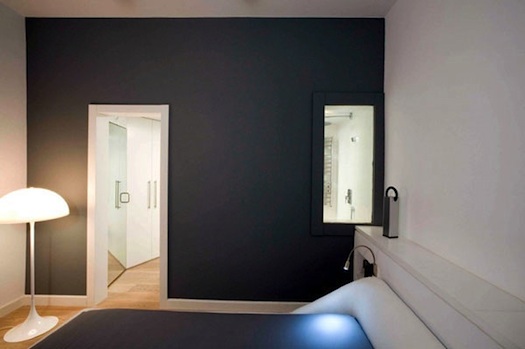
To forgo moulding means you have to figure out a way to disguise the jamb artfully with painstaking sheetrocking or pricey pivot hinges that are anchored to the floor and ceiling. Painstaking means it takes workpeople more time, and hence costs more money.
Originally I wanted zero detail around the doors: no jambs and no hinges showing. I was planning to go with pivot hinges which are attached to the floor and ceiling rather than the jamb, but ditched this option when I discovered that special supports would have to be placed in the ceiling to secure the top hinge. This disappointment turned out to be a blessing-in-disguise: I discovered after I moved in that my ceiling (which is attached to the roof) inexplicably rises and lowers about 1/8 of an inch during the warm months, causing a variety of problems with certain ceiling joints and with the one pivot door I installed.
The hybrid I opted for due to cost proved to be a better solution: sleek hinges attached the jamb which disguised by careful – though imperfect and not the zero detail I original envisioned – sheetrocking.
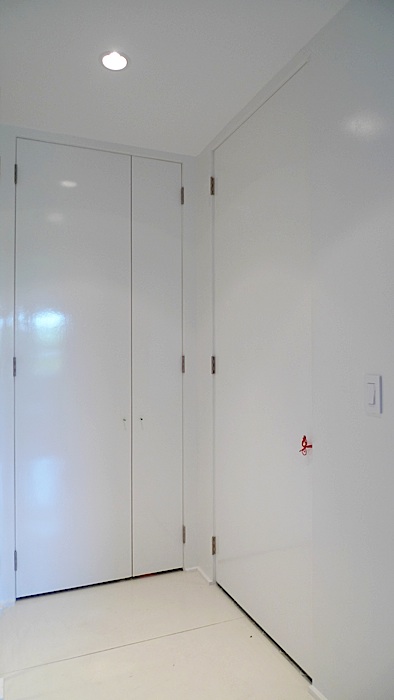
Similarly, the popular wall-hung sink I chose to make the small bathroom look more open cost more than many built-in vanity options, in part because the exposed plumbing cost more to buy and to do. Supports had to be installed behind the sheetrock to provide strong support for the sink. And on and on….
….essential lessons in the art of minimalism….
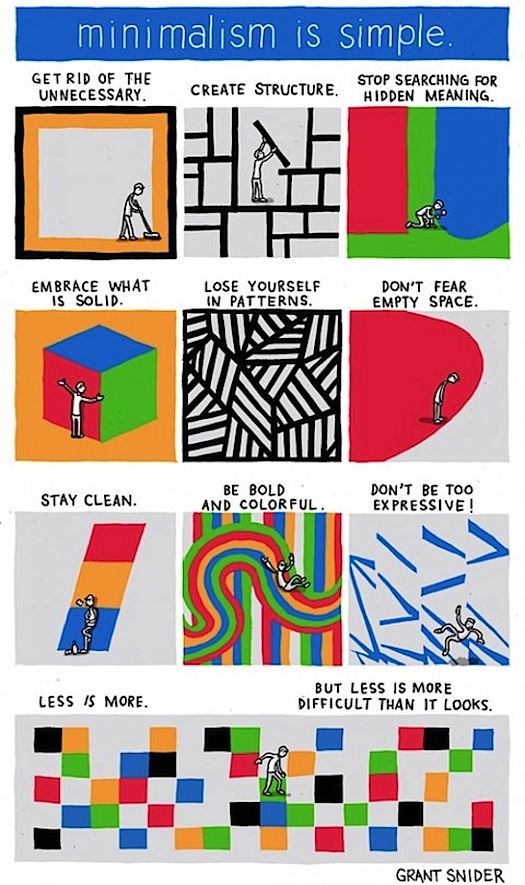
top photo via Design Milk
Related posts: details of minimalist’s life: jeffrey miller
minimalist shipping pallet daybeds and sofas
chic, minimalist gorilla tape cabinet door pulls
‘improvised life’s laboratory

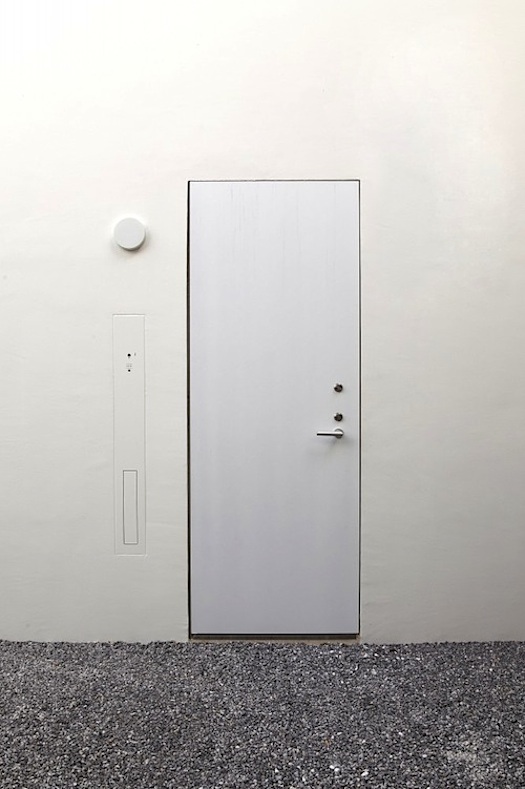
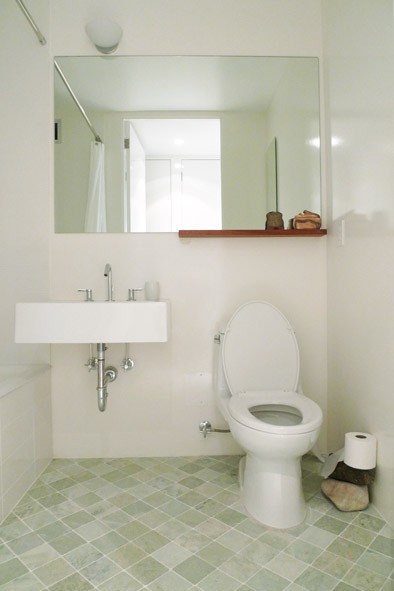
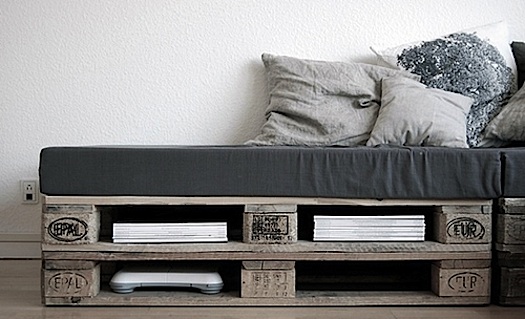
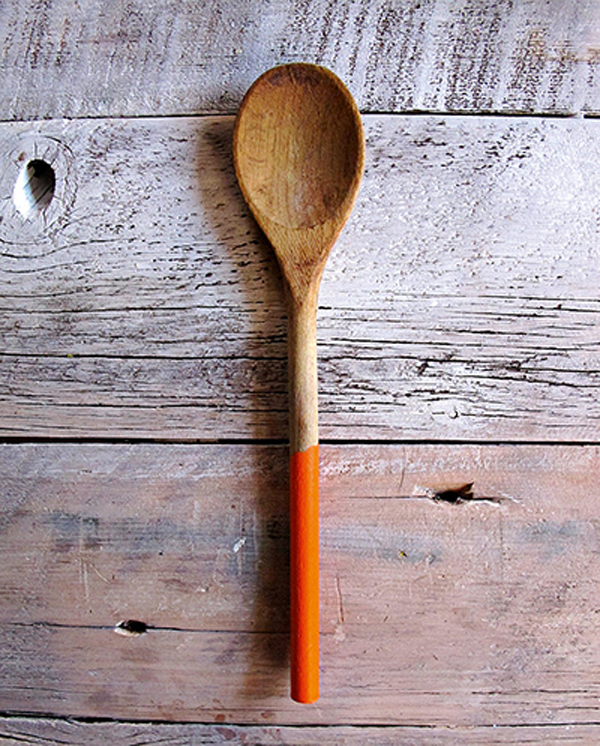
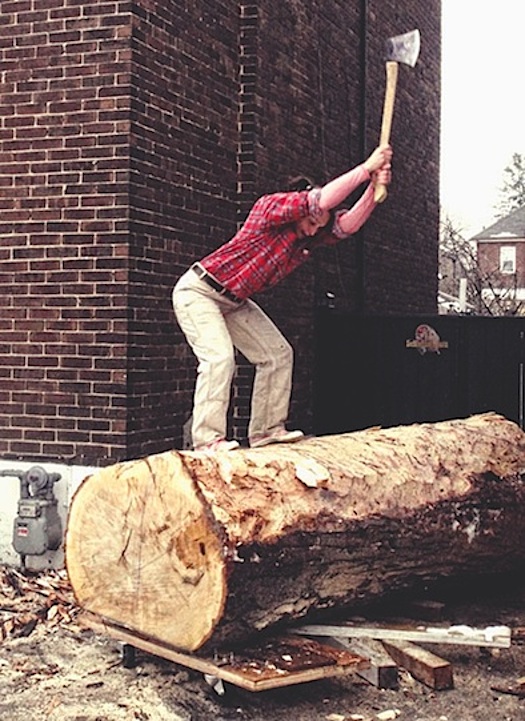
I’m sorry if you have already revealed this, but what brand/model wall mount sink is this? I love your posts, and agree that minimalism is indeed pricey….I am remodeling some bathrooms. I also love your small shelve just under the mirror. Is it wall mounted? Thank you! Ann
Hi, actually I’ve been meaning to post info about the sink, and the other sinks I looked at before selecting this one, as well as plumbing fixtures.
The sink I ended up going with for its size, price AND because it had a 2″ lip around it that could be used to rest things, was Nameek’s Square 8007/B in white, drilled for 3 holes.
The shelf was a piece of mahogany the contractor had in his storage room. I originally planned to make it span the length of the mirror but it closed the in space over the sink too much, so I had it cut to span just the right side. Solid plywood blocking had been placed between the studs behind the sheetrock both to hold the sink and this shelf. Once the shelf was installed, it was oiled. I hope this helps.
Very helpful! So many considerations. I like the sink; the lip is a great asset. I hadn’t thought about the closing in of space over the sink by shelf.
Minimalistic design takes a lot more thought and planning. Same in business. If you want to streamline your operations (you have to design your operations processes), and make complex products easy to understand, it takes a lot of work and thought!